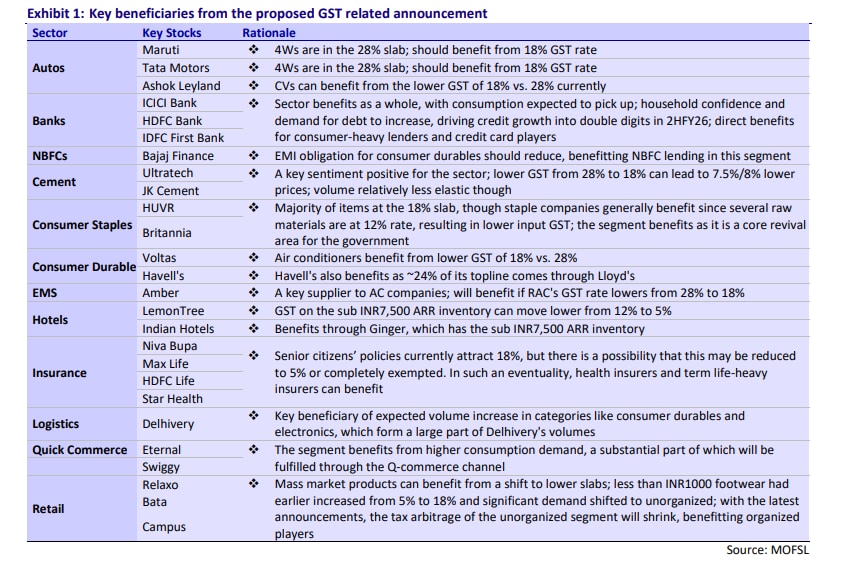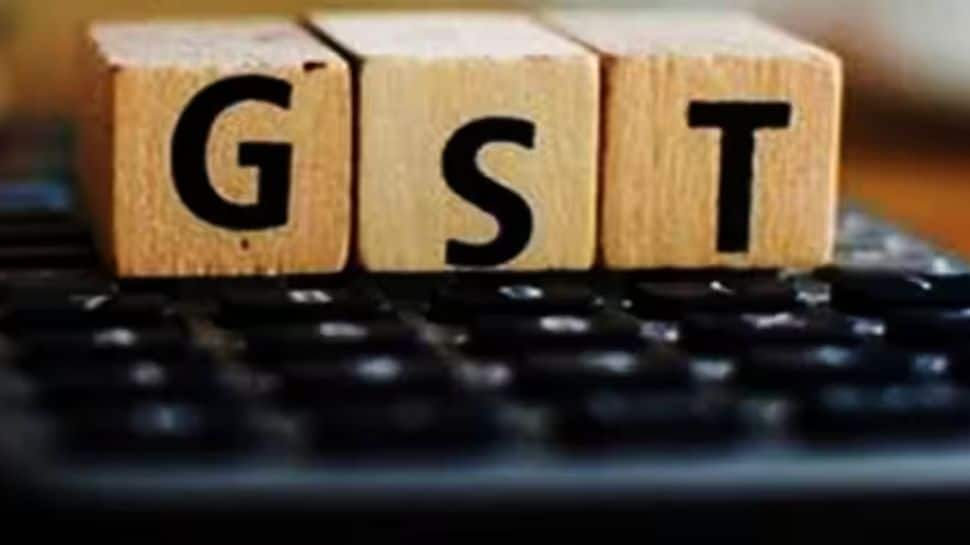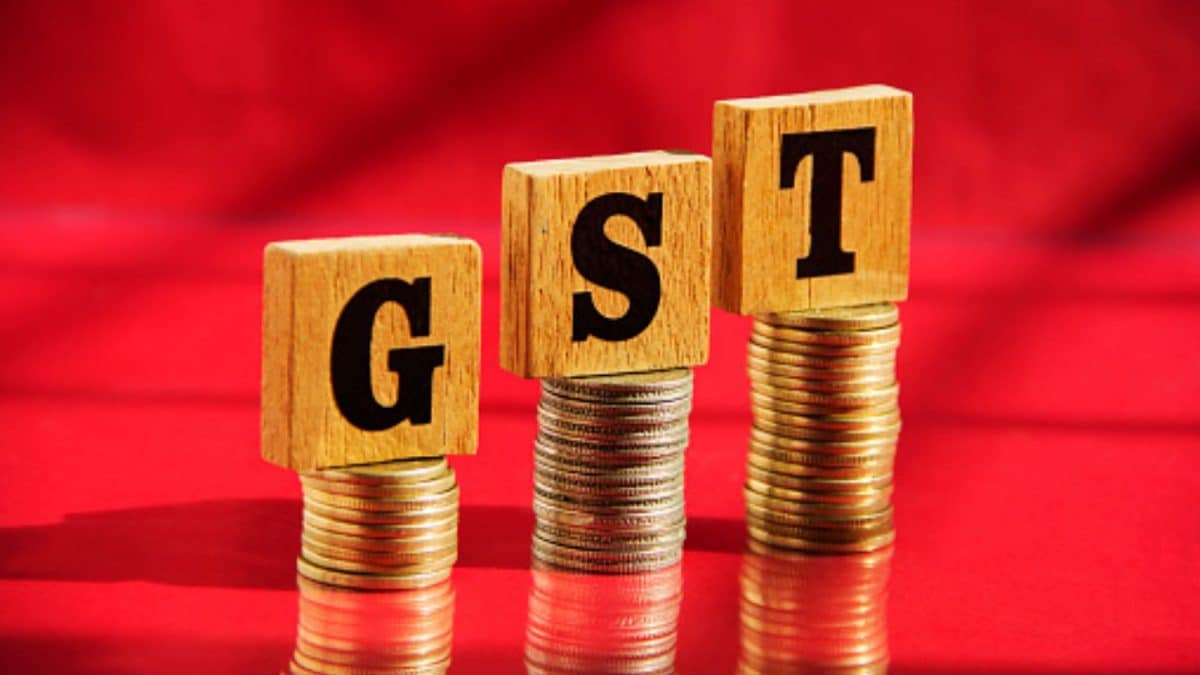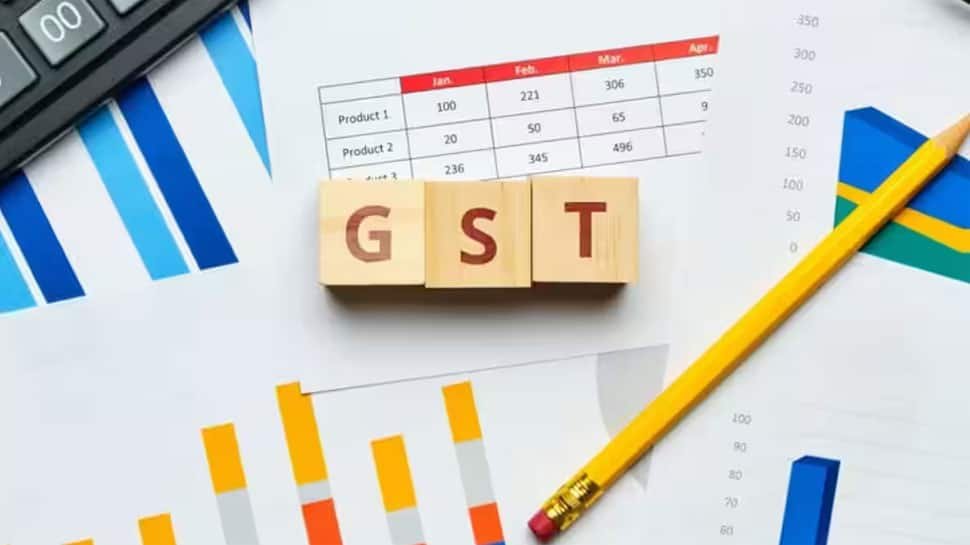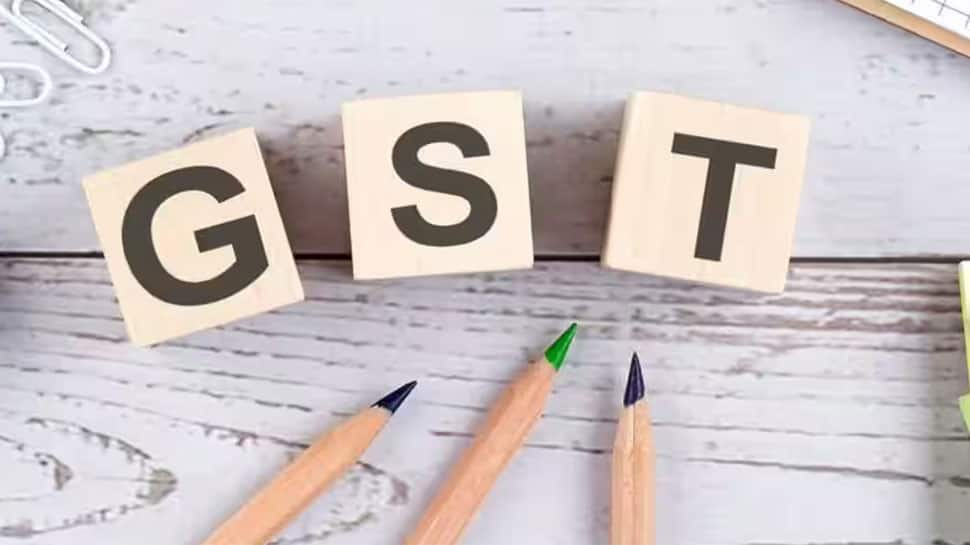Business
These 26 Stocks Are Expected To Benefit From Upcoming GST Reforms; Details Here
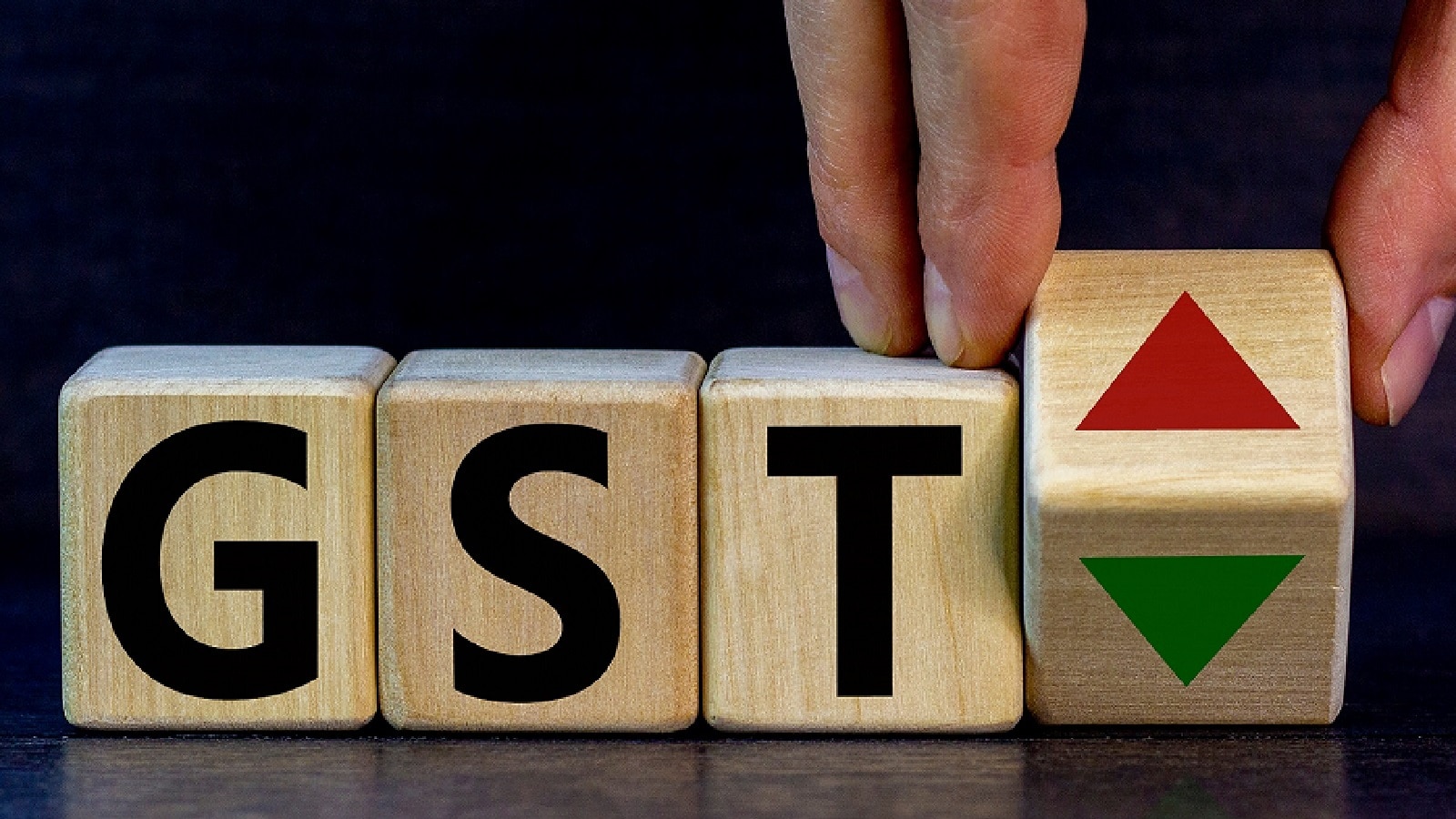
Last Updated:
Brokerage firm Motilal Oswal Financial Services (MOFSL) in its latest report gives a list of 26 stocks that are likely to benefit from the proposed GST ‘big bang’ reforms.

With consumption expected to pick up, banks such as ICICI Bank, HDFC Bank and IDFC First Bank are set to benefit from stronger credit demand, particularly in consumer loans and credit cards, says MOFSL.
Indian equity markets are set for a strong start to the week as sentiment turns upbeat following Prime Minister Narendra Modi’s Independence Day announcement of a major overhaul in the Goods and Services Tax (GST) structure. The proposed changes, widely referred to as GST 2.0, aim to simplify the tax regime and boost consumption, with analysts flagging multiple sectors that stand to gain.
According to reports, the Centre is considering scrapping the current 12% and 28% GST slabs, realigning most items into the 5% and 18% categories. Certain sin or luxury goods may be placed in a new 40% bracket. The rejig is expected to help stimulate demand and support India’s growth momentum.
Brokerage firm Motilal Oswal Financial Services (MOFSL) in its latest report on August 18 gives a list of 26 stocks that are likely to benefit from the proposed GST ‘big bang’ reforms. It said the move could unlock opportunities across autos, cement, consumer staples, durables, retail, and financials, while also easing compliance for businesses.
Autos to Drive Ahead
Motilal Oswal said passenger vehicle makers Maruti Suzuki and Tata Motors, currently paying 28% GST, are expected to benefit significantly if rates are lowered to 18%. Commercial vehicle maker Ashok Leyland may also see demand tailwinds as GST on trucks and buses comes down to 18% from the current 28%.
Banks and NBFCs in Focus
With consumption expected to pick up, banks such as ICICI Bank, HDFC Bank and IDFC First Bank are set to benefit from stronger credit demand, particularly in consumer loans and credit cards. Among NBFCs, Bajaj Finance could see reduced EMI obligations on consumer durables, improving affordability and driving loan growth, according to MOFSL.
Cement and Building Materials to Gain
Lowering GST on cement from 28% to 18% could cut prices by up to 7.5-8%, Motilal Oswal estimates. This would be a key sentiment booster for the sector, especially for majors like UltraTech Cement, JK Cement, and HeidelbergCement (HUWR), given cement’s relatively inelastic demand profile, MOFSL said.
Consumer Staples and Durables
In FMCG, most products currently taxed at 18% may remain unchanged, but companies such as Britannia could benefit as input costs reduce — since many raw materials attract 12% GST today.
Consumer durable companies stand to gain more directly. Voltas could benefit from a lower GST on air-conditioners, while Havells would gain as about 24% of its sales come from Lloyd ACs, which may see a cut from 28% to 18%, according to MOFSL.
Electronics Manufacturing & Hotels
Electronics maker Amber Enterprises, a key supplier to AC brands, is expected to benefit from lower GST on RACs. In hospitality, Lemon Tree Hotels and Indian Hotels may see improved profitability as GST on sub-Rs 7,500 room tariffs is proposed to be cut from 12% to 5%, the brokerage firm said.
Insurance and Financial Services
The GST rejig could also support insurers. Currently, premiums on life and health policies attract 18% GST. Analysts believe this may be reduced to 5% or exempted altogether, boosting affordability and demand. Niva Bupa, Max Life, HDFC Life and Star Health could be key beneficiaries, it added.
Logistics, Retail and Quick Commerce
Delhivery may gain from higher volumes of consumer durables and electronics if demand revives. In quick commerce, Eternal and Swiggy stand to benefit from increased discretionary spending, MOFSL said.
Retailers like Relaxo, Bata and Campus may also be winners as mass footwear (below Rs 1,000) — earlier taxed at 18% from 5% — could shift back into a lower bracket, narrowing the tax arbitrage between organised and unorganised players.
Market Outlook Today
The GST overhaul has been welcomed by markets, with analysts expecting a consumption-driven rally across auto, cement, FMCG, and financial names. Early trends in GIFT Nifty suggest a gap-up opening, with the index trading 266 points or 1.07% higher at 24,921 in pre-market hours.

Haris is Deputy News Editor (Business) at news18.com. He writes on various issues related to personal finance, markets, economy and companies. Having over a decade of experience in financial journalism, Haris h…Read More
Haris is Deputy News Editor (Business) at news18.com. He writes on various issues related to personal finance, markets, economy and companies. Having over a decade of experience in financial journalism, Haris h… Read More
view comments
Read More
Business
Private sector data: Over 2 lakh private companies closed in 5 years; govt flags monitoring for suspicious cases – The Times of India

NEW DELHI: The government on Monday said that over the past five years, more than two lakh private companies have been closed in India.According to data provided by Minister of State for Corporate Affairs Harsh Malhotra in a written reply to the Lok Sabha, a total of 2,04,268 private companies were shut down between 2020-21 and 2024-25 due to amalgamation, conversion, dissolution or being struck off from official records under the Companies Act, 2013.Regarding the rehabilitation of employees from these closed companies, the minister said there is currently no proposal before the government, as reported by PTI. In the same period, 1,85,350 companies were officially removed from government records, including 8,648 entities struck off till July 16 this fiscal year. Companies can be removed from records if they are inactive for long periods or voluntarily after fulfilling regulatory requirements.On queries about shell companies and their potential use in money laundering, Malhotra highlighted that the term “shell company” is not defined under the Companies Act, 2013. However, he added that whenever suspicious instances are reported, they are shared with other government agencies such as the Enforcement Directorate and the Income Tax Department for monitoring.A major push to remove inactive companies took place in 2022-23, when 82,125 companies were struck off during a strike-off drive by the corporate affairs ministry.The minister also highlighted the government’s broader policy to simplify and rationalize the tax system. “It is the stated policy of the government to gradually phase out exemptions and deductions while rationalising tax rates to create a simple, transparent, and equitable tax regime,” he said. He added that several reforms have been undertaken to promote investment and ease of doing business, including substantial reductions in corporate tax rates for existing and new domestic companies.
Business
Pakistan’s Textile Exports Reach Historic High in FY2025-26 – SUCH TV

Pakistan’s textile exports surged to $6.4 billion during the first four months of the 2025-26 fiscal year, marking the highest trade volume for the sector in this period.
According to the Pakistan Bureau of Statistics (PBS), value-added textile sectors were key contributors to the growth.
Knitwear exports reached $1.9 billion, while ready-made garments contributed $1.4 billion.
Significant increases were observed across several commodities: cotton yarn exports rose 7.74% to $238.9 million, and raw cotton exports jumped 100%, reaching $2.6 million from zero exports the previous year.
Other notable gains included tents, canvas, and tarpaulins, up 32.34% to $53.48 million, while ready-made garments increased 5.11% to $1.43 billion.
Exports of made-up textile articles, excluding towels and bedwear, rose 4.17%, totaling $274.75 million.
The report also mentioned that the growth in textile exports is a result of improved global demand and stability in the value of the Pakistani rupee.
Business
Peel Hunt cheers ‘positive steps’ in Budget to boost London market and investing

UK investment bank Peel Hunt has given some support to under-pressure Chancellor Rachel Reeves over last week’s Budget as it said efforts to boost the London market and invest in UK companies were “positive steps”.
Peel Hunt welcomed moves announced in the Budget, such as the stamp duty exemption for shares bought in newly listed firms on the London market and changes to Isa investing.
It comes as Ms Reeves has been forced to defend herself against claims she misled voters by talking up the scale of the fiscal challenge in the run-up to last week’s Budget, in which she announced £26 billion worth of tax rises.
Peel Hunt said: “Following a prolonged period of pre-Budget speculation, businesses and investors now have greater clarity from which they can start to plan.
“The key measures were generally well received by markets, particularly the creation of additional headroom against the Chancellor’s fiscal rules.
“Initiatives such as a stamp duty holiday on initial public offerings (IPOs) and adjustments to the Isa framework are intended to support UK capital markets and encourage investment in British companies.
“These developments, alongside the Entrepreneurship in the UK paper published simultaneously, represent positive steps toward enhancing the UK’s attractiveness for growth businesses and long-term investors.”
Ms Reeves last week announced a three-year stamp duty holiday on shares bought in new UK flotations as part of a raft of measures to boost investment in UK shares.
She also unveiled a change to the individual savings account (Isa) limit that lowers the cash element to £12,000 with the remaining £8,000 now redirected into stocks and shares.
But the Chancellor also revealed an unexpected increase in dividend tax, rising by 2% for basic and higher rate taxpayers next year, which experts have warned “undermines the drive to increase investing in Britain”.
Peel Hunt said the London IPO market had begun to revive in the autumn, although listings activity remained low during its first half to the end of September.
Firms that have listed in London over recent months include The Beauty Tech Group, small business lender Shawbrook and tinned tuna firm Princes.
Peel Hunt added that deal activity had “continued at pace” throughout its first half, with 60 transactions announced across the market during that time and 10 active bids for FTSE 350 companies, as at the end of September.
Half-year results for Peel Hunt showed pre-tax profits jumped to £11.5 million in the six months to September 30, up from £1.2 million a year earlier, as revenues lifted 38.3%.
Peel Hunt said its workforce has been cut by nearly 10% since the end of March under an ongoing savings drive, with full-year underlying fixed costs down by around £5 million.
Steven Fine, chief executive of Peel Hunt, said: “The second half has started strongly, with the group continuing to play leading roles across both mergers and acquisitions and equity capital markets mandates.”
-

 Sports1 week ago
Sports1 week agoWATCH: Ronaldo scores spectacular bicycle kick
-

 Entertainment1 week ago
Entertainment1 week agoWelcome to Derry’ episode 5 delivers shocking twist
-

 Politics1 week ago
Politics1 week agoWashington and Kyiv Stress Any Peace Deal Must Fully Respect Ukraine’s Sovereignty
-

 Business1 week ago
Business1 week agoKey economic data and trends that will shape Rachel Reeves’ Budget
-

 Tech6 days ago
Tech6 days agoWake Up—the Best Black Friday Mattress Sales Are Here
-

 Politics1 week ago
Politics1 week ago53,000 Sikhs vote in Ottawa Khalistan Referendum amid Carney-Modi trade talks scrutiny
-

 Fashion1 week ago
Fashion1 week agoCanada’s Lululemon unveils team Canada kit for Milano Cortina 2026
-

 Tech23 hours ago
Tech23 hours agoGet Your Steps In From Your Home Office With This Walking Pad—On Sale This Week


